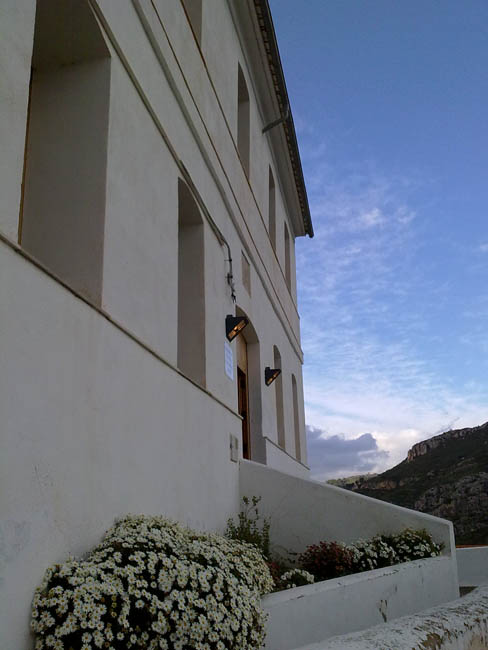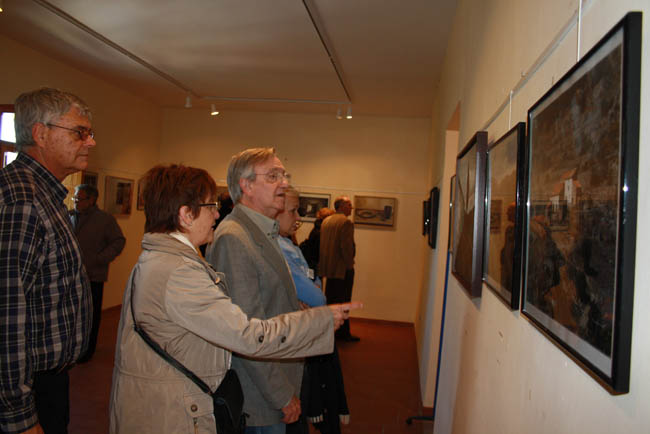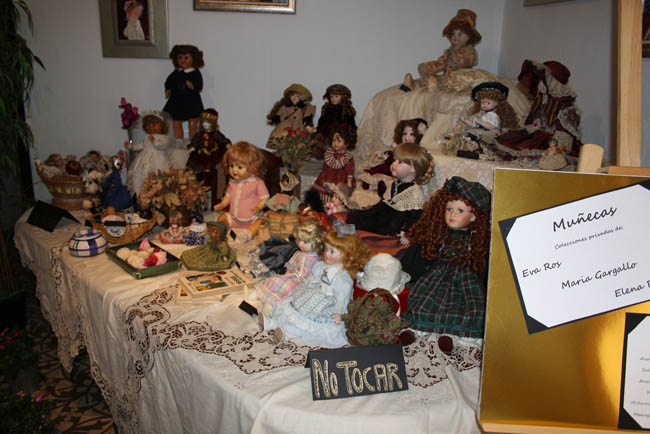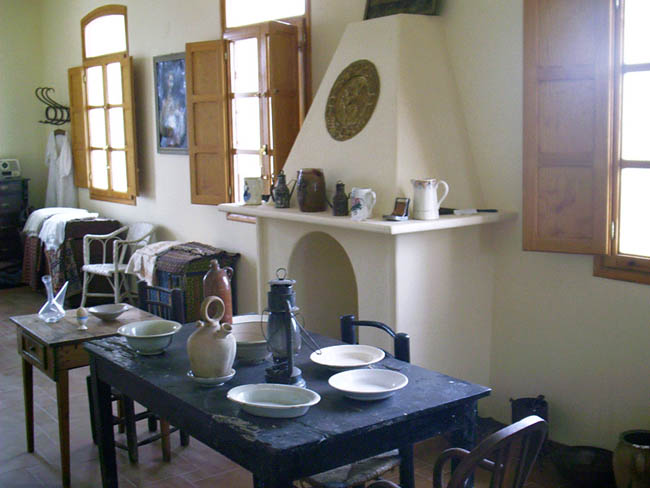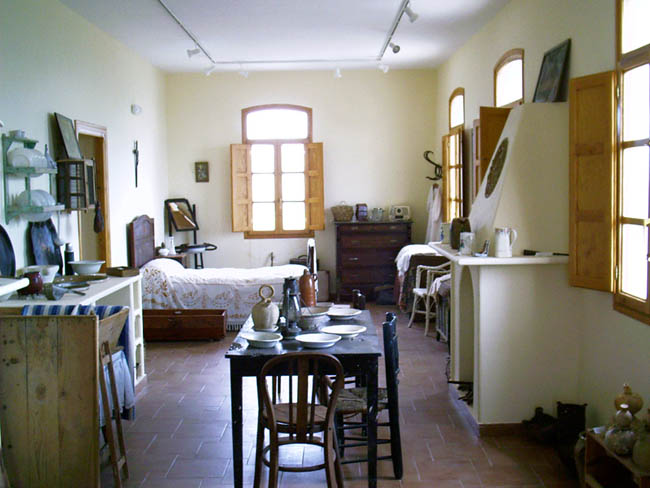The Ethnological Museum is found within the town, at the highest point of the mountain, in the Palacio de los Duques de Híjar. It was originally a Moorish castle that defended the town and it and all of its territory were under the control of the Castillo de L’Alcalaten.
It is divided into 4 parts:
1- Ethnological Museum. This section features displays of the town’s old professions and jobs, showing the tools and utensils that were used, and describing their specific purposes, as well as the finished products made with them.
2- Exhibition Room. This section consists of two temporary exhibition rooms found on the upper floor. Both are dedicated to displays on subjects related to the town, as well as art exhibitions and cultural themes that are important to the town and its inhabitants. On the bottom floor, there is a small room for exhibiting the individual works of artists from the region.
3- Audiovisual and conference room. This section consists of two temporary exhibition rooms found on the upper floor. Both are dedicated to displays on subjects related to the town, as well as art exhibitions and cultural themes that are important to the town and its inhabitants. On the bottom floor, there is a small room for exhibiting the individual works of artists from the region.
4- Culture theatre. This room is located on the ground floor. Here, the curators both work and exhibit the topics they are working on to the town's residents.
This room also features a collection of dolls from various eras.
Data
- C/ San Roque, 20 / 12120 Lucena del Cid
- Telephone: 964.38.00.01
- www.lucenadelcid.es
- [email protected]
Hours
SUNDAYS AND FESTIVALS: 12:00 - 14:00.
More information
ACCESS
The way to get to the town Ethnological Museum is to start as a reference point in the Plaza España, located in the centre of the town, it can be reached both by the Carretera de Castellón, entering from Calle Cavallers; and by the Carretera de Teruel and the Carretera de Chodos, entering from Calle Sant Antoni.
Already in the Plaza España, in front of the church and at the end of the façade we find calle San Roque; and continuing straight until the end of the street we will find a steep staircase, at the end of which we see the façade of the Museum with its main door and its impressive viewpoint from which we can see the entire town and its surroundings as well as the river and its magnificent mountains that surround it.
It can also be accessed by the street parallel to calle San Roque, which is calle Juristas; this is accessed at the start of calle San Roque; there you have to turn to the left, and after about thirty metres, turn to the right and we therefore find ourselves in calle Juristas. After continuing to the end of the street we will be able to see the rear part of the museum, with its impressive rocky location and garden area by its side, with many pines and other local species.
LOCATION
Its location is in the old town centre, at the hight part, reigning over the town, at an altitude of 583 metres above sea level.
From there you can see the whole town centre, the white walls of the houses with their balconies, a magnificent view of the Lucena River with its many meanders, as well as part of the mountains that surround the town, also the beautiful view of the nearest town, and the landscapes typical to the Mediterranean climate, and on very clear days, you can see the Mediterranean Sea.
